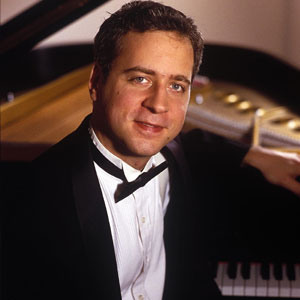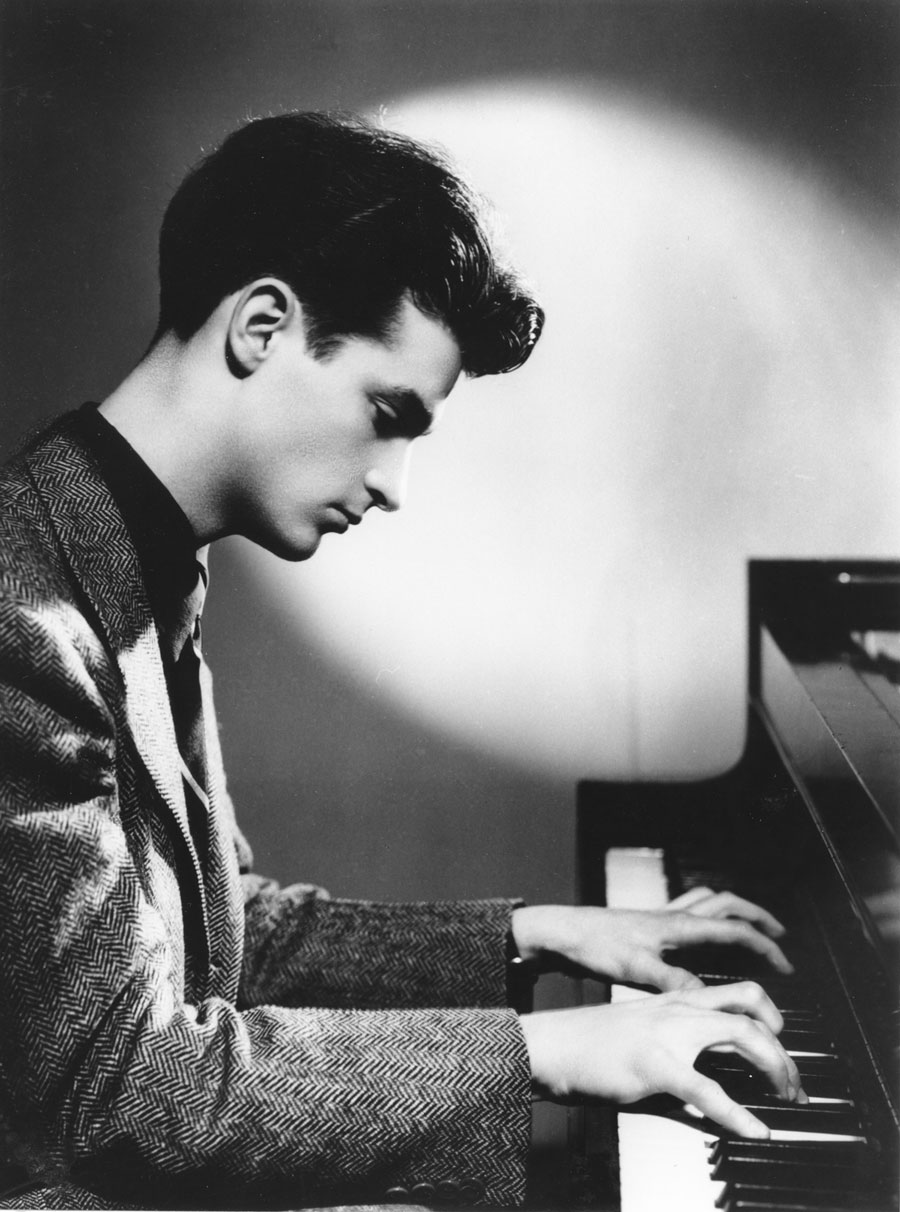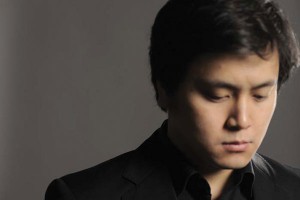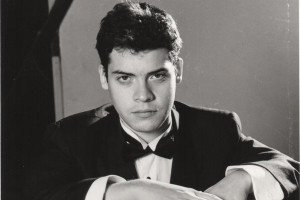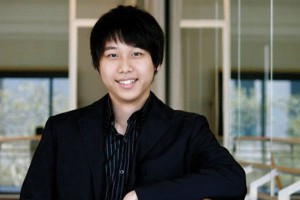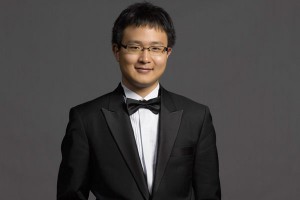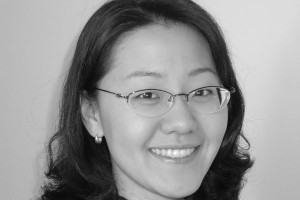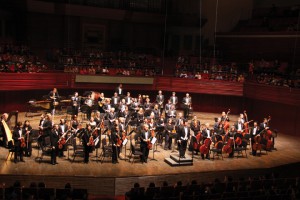New York Concert Artists and Associates Winners Evening: Evenings of Piano Concerti
Wael Farouk, piano; Alexei Tartakovski, piano; Vince Lee, conductor, NYCA Orchestra
Good Shepherd-Faith Presbyterian Church, New York, N.Y.
May 19, 2012
Anyone looking only to the larger musical venues of New York is missing out on some once-in-a-lifetime concerts at the “little church behind Juilliard.” The Good Shepherd Church, which has held many exciting concerts over the years, is in its fourth year now as home to NYCA’s Evenings of Piano Concerti, which introduces concerto soloists, stars of the future, to adventurous audiences. Their May 19 concert was not to be forgotten.
Most memorable on this occasion was the performance of Rachmaninoff’s Third Concerto by Egyptian pianist Wael Farouk. The term “star of the future” is not quite apt here, as Mr. Farouk is something of a star already, with a career that has included innumerable concerto appearances, including the Egyptian premieres of Rachmaninoff Concerto No. 3, Brahms Piano Concerto No. 2, and Prokofiev Concertos Nos. 1, 2, and 3. Imagining Egyptian audiences hearing the Rachmaninoff 3rd Piano Concerto for the first time is exciting indeed, but those who heard Mr. Farouk play it in New York may feel they heard it for the first time as well.
Contrasting with the many hulking pianists who treat this piece as an Olympic hurdle (yawn), Mr. Farouk simply lived and breathed the music with the poetry of a born artist. Incidentally, this pianist is not of hulking build, and anyone brainwashed by the “size matters” crowd might have expected a less-than-powerful performance; they would have been proven wrong (as they might have, if Josef Hoffman, the great but diminutive dedicatee, had given the piece a chance!). Mr. Farouk’s technique is unquestionably great, despite apparently small hands, though this listener didn’t think of the word “technique” once during the entire performance (rare for this piece). The performance lacked nothing, but the way Mr. Farouk sailed through the piece, as if daydreaming out loud, made masses of notes seem merely incidental. That is how it should be, but only when one hears it does one realize how rare it is. Soulful melodic inflection, growling outbursts, coruscating passagework, and powerful peaks all combined with the unity of a master to bring the piece the unique life it deserves. Mr. Farouk also seemed to inspire the orchestra to glorious new heights, not by brute force, but by force of musical spirit. I am now officially a fan of this extraordinary musician.
Coming down to earth for a few moments, one should mention that some of the tempi were faster than one is accustomed to hearing, particularly in the last movement, where just a bit of “holding the reins” can make for more dramatic surges; it was so exciting, nonetheless, that one hesitates to suggest even the slightest tweaking. Conductor Vince Lee was a skillful and sympathetic collaborator throughout.
Prior to intermission, the audience was treated to Beethoven’s Fourth Piano Concerto played by Alexei Tartakovski, and Chopin’s Piano Concerto No. 2 in F Minor, played by Yoonie Han. This reviewer is assigned to discuss the Beethoven but would be remiss in not mentioning Ms. Han’s excellent performance.
Alexei Tartakovski, Winner of the 2011 Rising Artists Concerto Presentation, has won several other awards as well and has fine credentials for one in his early twenties (his bio stating that he was born in 1989). He has performed in numerous cities in the US, Russia, Canada, Holland, Greece, and England, and is currently completing his Master of Music degree at the Peabody Institute. One competition jury member called him “a monumental talent” and another a “first-rate player.” Not surprisingly for one in the throes of a young competitor’s life, he offered a committed and solid performance of Beethoven’s Op. 58, one of the masterpieces of Beethoven’s Middle Period and a pillar of the piano repertoire in general. Mr. Tartakovski had the formidable challenge of starting the concert with this work’s contemplative opening – positioned on the program where one might find a light overture – but he was up to that challenge. He achieved a sense of spaciousness amid the settling of the audience and orchestra and delivered the music as a thoughtful and serious musician. Unassuming in demeanor, he also appeared to approach the work as chamber music, a goal which was not quite possible on this occasion (as undoubtedly there was limited rehearsal time). Unfazed by various ensemble glitches, Mr. Tartakovski showed intense concentration and resilience – qualities he will need in a busy performing career.
Tempo-wise, things were again a shade faster than I like. The last movement especially verged towards a light early classical romp rather than to a meaningful release from the preceding Andante’s depths. It nevertheless posed little challenge for Mr. Tartakovski, and he handled the movement comfortably and delivered its tricky trills with clarity and alacrity.
The task of a reviewer is presumably to review what one has heard and not what one could imagine given a different instrument or situation, but I can’t resist commenting that I would like to hear Mr. Tartakovski on a piano with a less strident treble for this work. While the instrument’s top register had cut through nicely for the previously heard Rachmaninoff (buffered by the rich underlying and surrounding harmonies), the leaner textures of the Beethoven left harsh upper octaves exposed, so one needs a mellower sounding instrument for it. Undoubtedly there will be future chances to hear this pianist, as he surely has many successes ahead of him.
by Rorianne Schrade for New York Concert Review; New York, NY

